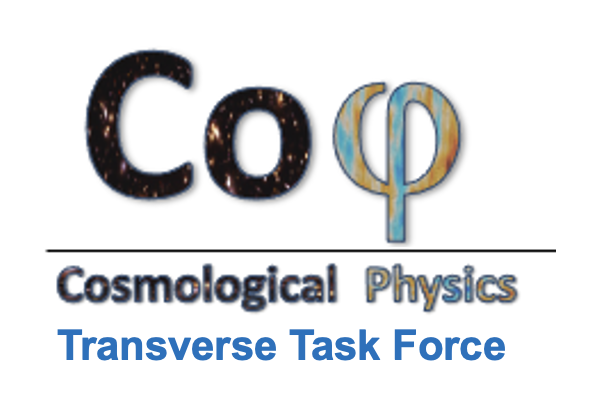Orateur
Description
QFT on curved geometries has predicted a number of pair-emission processes like rotational superradiance. These occur when the acoustic field in a quantum fluid scatters on some intangible surface of the fluid. For example, superradiance results from the scattering of acoustic waves (possibly in their vacuum state) at the surface where the total velocity of the fluid exceeds the speed of sound. The twist in the fluid flow induced by the transition from sub- to supersonic velocities creates an energetic instability that yields entangled acoustic excitations on either side of the surface. Fluid acceleration and twists allow us to engineer bespoke curved geometries in the laboratory to investigate outstanding QFT effects.
At Laboratoire Kastler Brossel, we use the acoustic field in a quantum fluid of light as a model for QFT on curved geometries. The fluid of light is realised with microcavity exciton-polaritons, whose flow can be controlled all-optically while all quantum statistics of emission may be measured with spectroscopy and homodyne detection.
In this talk, I will review the basic arguments supporting the modelling of QFT in our experiment, explain how polaritons are created and manipulated in the lab and present new theoretical results on entanglement from superradiance and advances with the experiments.


